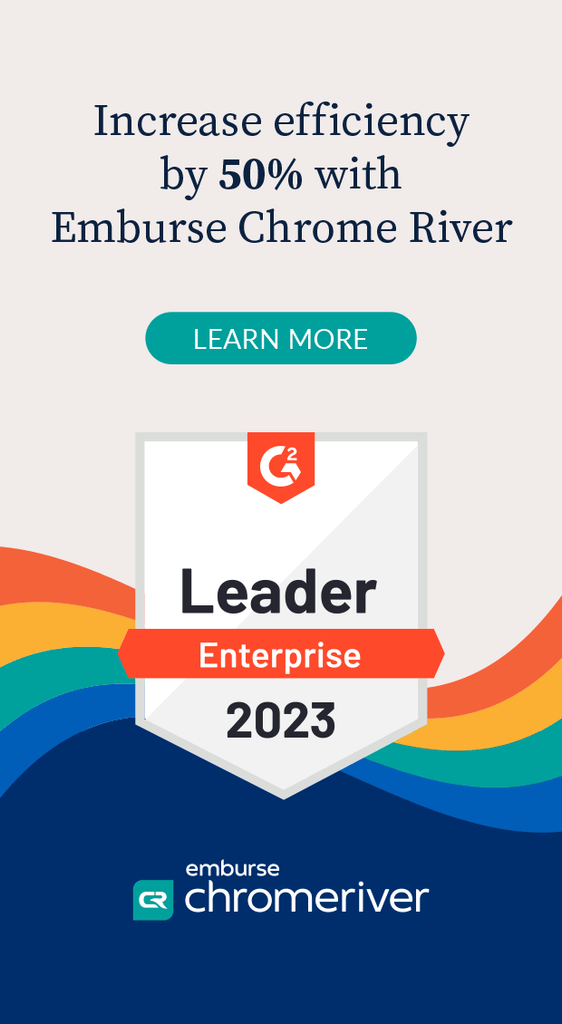
Law Firms and the Customer Success Function | LPI
Forward-looking enterprises have enabled strategies to focus on customers as they understand the importance of easy access, transparency, customer experience in building a brand and thus creating brand loyalty. The adoption of service tools and techniques including deployment of customer experience department that enables feedforward control mechanism has been helpful.
Most enterprises misread client demand with client centricity. Reducing invoices, offering alternative fee arrangements, innovative billing procedures, using subcontractors, or outsourcing is mostly offered or pitched as a client-centric approach. However, they slip on clients’ need for transparency, easy accessibility, multidisciplinary, data-backed solutions, services, and products tailored to meet customer needs, streamline processes, and accelerate business.
Mark A. Cohen in his article titled When Will The Legal Industry Become Customer-Centric?, discussed the approach followed by customer-centric enterprises. He stated, “Amazon and Apple are among a cadre of digitally prescient companies that architected their businesses from the customer perspective— harnessing the power of technology, recognising that data is the new oil, elevating the customer experience, and creating customer-centric cultures and agile workforces”.
Law firms have always followed the divisional organizational structure, where each division (headed by a senior partner or managing partner) contains all the necessary resources and functions within it to support that product line or geography. Although the divisional structure is useful for enterprises with a presence across regions, markets, and/or products. This structure however builds the ground for costs to go high and result in many small, quarrelling s that work in silos.
Are law firms endangered?
Traditionally, law firms enjoyed lion’s share of the legal market. The past few years have seen a significant change in the legal demand and saw an emergence of a bunch of new players. These players focus on meeting exact demand and disrupting the customer journey. Competition comes in varied shapes (business structure) and sizes including ALSPs, ABS, IT/BPO companies, Big 4 firms, LPO/LSO, boutique service providers, and even LegalTechs.It is important to note that most of these enterprises offer cost-effective, scalable, and efficient quality, personal touch like law firms but they operate within a functional organizational structure. In a functional organizational structure, the roles and responsibilities between different stakeholders are demarcated to provide a holistic experience. These enterprises have centralized operations to support different regions, markets, and/or products. Centralized operations help control cost, avoid proliferation through consistent messaging, and capture the pulse of the customer.
Survival of the fittest – Customer-Centric
According to Deloitte & Touche's research, customer-centric companies are 60% more profitable compared to companies that were not focused on the customer. As more and more legal service providers implement subscription-based business models, client retention based on cost will not be advantageous to secure survival in a competitive legal market.Further, a study by American Bar Association (ABA) titled 2019 law firm culture found that American law firms spend only 2.4 hours per day on billable work while up to 40 % of their day goes to acquiring new clients. If they would spend more time on client-centric legal work, they could increase the satisfaction with their work, and thereby improve the client-retention.
Feedforward loop to customer centricity
Enterprises that focus on customer experience or success adopted the feedforward loop technique to improvise client journey while adding loyalty and improving the overall relationship. Some of the techniques and processes they adopted and deployed include:- Net Promoter Score (NPS): An NPS indicates a customer’s propensity to recommend the service to others. It has become a benchmark standard to measure customer satisfaction, loyalty, and brand perception.
- Client surveys: The best way to improve service quality is to ask those who use it what they think. Just receiving feedback through surveys is useless unless necessary steps are not implemented to improve the quality.
- Robust client intake: The intake process should be considered as a step to understand clients’ needs, e.g. their personality or communication style, and a medium to offer custom services.
- Client-facing digital tools: Options for self-service or easy interface for client-facing tools including off-the-shelf products or platforms.
Customer-success rather than customer-support
A June 2018 study by Salesforce titled New Research Uncovers Big Shifts in Customer Expectations and Trust found that 84% of customers say that they feel like numbers and not the person. The same study highlights that 74% of business-to-business customers and 63% of consumers will pay more for a great experience. These numbers indicate that there are strong economic incentives for law firms and most other businesses to adopt client-centric strategies.
Hence, the need of the hour is not to be client-driven but client-centric i.e., being able to gauge the customer requirements. What separates customer success from normal customer-support teams is that they work proactively to help users achieve their desired outcome.
A key role of the customer success department is to provide proactive feedback based on data as well as more complete insights into clients’ legal affairs.
People vs. Process-driven culture
The legal profession was built to serve society. Law firms have always played a pivotal role to drive multi-dollar transactions across geographies. It is not wise to say that law firms have a dim focus on customers or that the movement from process-driven to people-driven culture is slow.Historically, law firm partners have taken the responsibility of client interaction and retention. Passing the buck to a department is not treated as delegation but as losing control.
Conclusion
It requires hard work and perseverance in shifting to a customer-focus process. The first step is cultural evolution and challenging the status quo.
Bill Gates states “Your most unhappy customers are your greatest source of learning.”
Also read top viewed Ai Legal article: The Role of AI in Legal Research.






